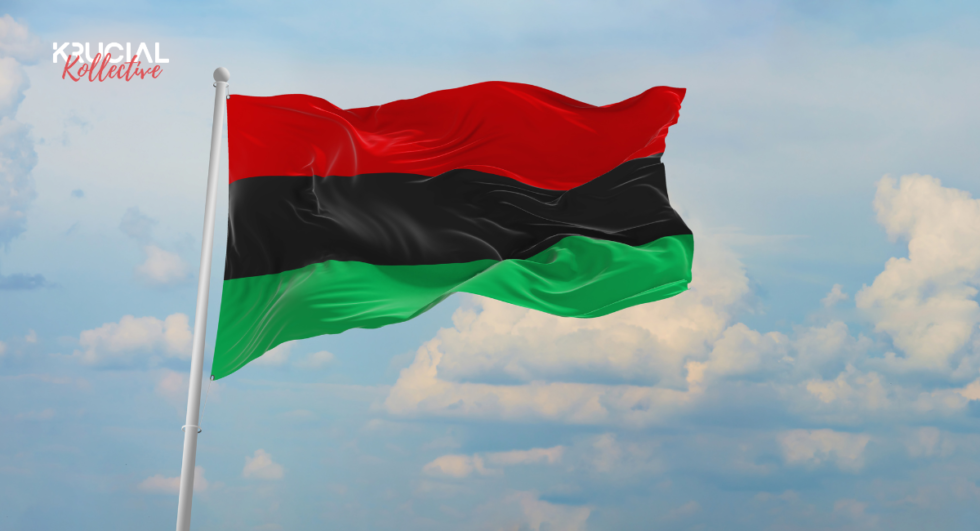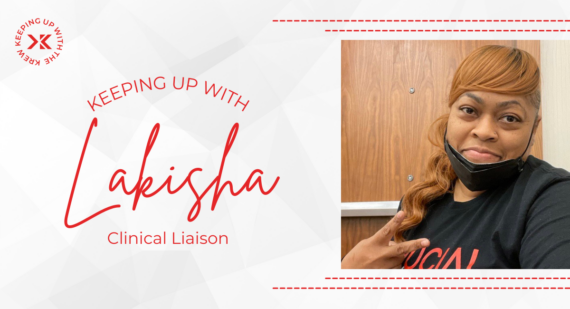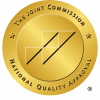
Five Black Medical Professionals You Need to Know About
By: Morgan Clark
During the month of February, we recognize Black History and the people who influenced the shaping of our culture, society, and history. In cooperation with this year’s theme, Krucial Rapid Response chose five extraordinary Black medical professionals who not only trod their own path but changed history for the better.
Rebecca Lee Crumpler, M.D. (1831-1895)
Dr. Rebecca Lee Crumpler was the first Black woman to become a medical doctor in the United States. Born in Delaware, with her aunt from Pennsylvania. Growing up and seeing her aunt be the caretaker of the community influenced Crumpler to pursue a medical profession. In 1852, she moved to Charlestown, Massachusetts where she worked as a nurse for eight years. Crumpler excelled in her role as a nurse and was trusted to perform high-level medical techniques by the end of the eight-year period, setting the foundation for her future profession as a doctor.
In 1860, she applied and was admitted to New England Female Medical as the only Black student to earn her MD, which she received shortly after the end of the Civil War. She moved to Richmond, Virginia to help formerly enslaved people with the Freedmen’s Bureau. Most of her patients had no medical resources aside from the Bureau itself. During her time there, she faced racism and sexism, yet she continued to help her patients despite the discrimination Crumpler faced. In 1883, she stopped her practice to publish her book, Book of Medical Discourses, focusing on women’s and children’s health. She also shared her experiences as a Black female doctor and all the prejudice she faced while pursuing a medical profession. In 1895, Dr. Rebecca Lee Crumpler passed away from a fibroid tumor at the age of 64.
James McCune Smith, M.D. (1813-1865)
Dr. James McCune Smith was the first Black man to receive a medical degree at the University of Glasgow in Scotland. Born to a free mother, Smith was able to attend an African Free school in New York. After graduating, he tried to apply to medical school in the United States but was rejected due to laws restricting Black men from seeking education at an all-white university. He eventually raised enough money to study in Scotland, completing his residency in Paris, France.
Smith returned to New York as a physician offering service to anyone seeking medical help, not only Black patients. Some services he performed included cupping, leeching, and tooth-drawing. Smith extended his service to the Colored Orphan Asylum where he eventually became the lead physician in 1846.
Smith was also an activist and intellectual, mainly writing medical and abolition essays. One of his famous writings was “Destiny of the People of Color,” about the Haitian Revolution and how they could use their tactics for abolition. Dr. James McCune Smith passed away in 1864, but his legacy carries on. Many of his pieces can be found at the New York Public Library.
Charles Richard Drew, M.D (1904-1950)
Dr. Charles Richard Drew is known as the father of blood banking for discovering the best practice for storing and transfusing blood to patients in need. At a young age, Drew was known for his athletic abilities. In high school, he was considered the best football player on the team. His capabilities helped him earn a scholarship from McGill University, College of Medicine of Montreal. There, Drew established himself as an academic, winning a scholarship prize in neuroanatomy and the J. Francis Williams Prize in medicine. Drew graduated second in his class with an MD and CM (Master of Surgery). In 1938, Drew performed experiments in cooperation and under the direction of John Scudder, working on blood chemistry, preservation, and transfusion. Conducting this research led to a large and experimental blood bank supply, giving way to valuable information on blood shelf-life and to bigger opportunities for Drew.
In 1940, Drew directed the Blood for Britain project. The project’s goal was to deliver blood to British soldiers during WWII. This was done using bloodmobiles or refrigerator trucks to store the donated blood. At the end of the project in 1941, the Blood for Britain campaign delivered over 5,000 liters of plasm. This project officially gave him the name “Father of Blood Banking.” Drew returned to Howard University, where he taught in Washington D.C. for nine years. Dr. Charles Richard Drew died prematurely at 46 from a car wreck.
Alexa Irene Canady, M.D (1950 -)
Dr. Alexa Irene Canady is the first woman to become a neurosurgeon in the United States. She was born in Lansing, Michigan to an educator and a dentist. Canady graduated from high school with honors, then went on to the University of Michigan to major in zoology. After completing her undergraduate, she decided to continue her education at the university’s medical school, where she found an interest in neurosurgery. Canady faced racism from her advisors who discouraged her pursuit of medicine, but this did not deter her. In 1975, Canady graduated cum laude from the College of Medicine at the University of Michigan. Afterward, Canady trained as a neurosurgeon at the Children’s Hospital of Philadelphia, which was followed by her residency at the University of Minnesota. In 1981, Canady became the first African American woman neurosurgeon, specializing in pediatric neurosurgery. Canady soon made a legacy for herself in the field. In 1984, she was certified by the American Board of Neurological Surgery, and in 1987 she became the Chief of Neurosurgery at the Children’s Hospital of Michigan. It was soon to be one of the best programs in the country. Now retired, Dr. Alexa Irene Canady spends her days with her husband in Florida.
Daniel Hale Williams, M.D (1856-1931)
Dr. Daniel Hale Williams was the first Black cardiologist and surgeon to successfully perform open-heart surgery in the United States. Born in Pennsylvania, Williams had a tough childhood. His father died when Williams was young, and in response to his father’s passing, Williams’ mother moved the family to Baltimore. After bouncing around trying to find a career that suited him, Williams eventually decided to study medicine at Chicago Medical College. After graduating, Daniel made the discussion to further his education, by becoming an apprentice to Dr. Henry Palmer, a local surgeon.
Currently, Williams was also building a reputation as a notable surgeon. In 1893, Williams made history by performing the first open-heart surgery on James Cornish who was stabbed in the heart during a knife fight. Cornish survived the operation. (Kingster University)
The following year Williams became the chief surgeon at Freedmen’s Hospital in the nation’s capital, Washington D.C. It took Williams four years to decrease the mortality rate for open-heart surgery and improve surgical cases. While he pursued better cardiovascular surgery practices, he co-founded the National Medical Association for Black practitioners. In 1898, Williams left Freedmen’s Hospital to work at Cook County Hospital for 20 years. In those years, Williams became an esteemed member of the American College of Surgeons. It was in 1931 when Dr. Daniel Hale Williams
These five medical professionals are a true inspiration to many facing classism, racism, and sexism in the medical field. Overcoming prejudice to accomplish their goals and becoming prominent contributors to the growth and expansion of modern medicine. They charted a path for many medical professionals who are just like them. These five should be seen as an inspiration and a reminder to others to know it is possible to be successful no matter the color of your skin. Becoming the first is never easy. Forevermore, we recognize their courage and importance for Black History Month.
Interested in contributing to the Krucial Kollective? Send us an e-mail at marketing@krucialrr.org and let us know what you would like to write!
These five medical professionals are a true inspiration to many facing classism, racism, and sexism in the medical field.




